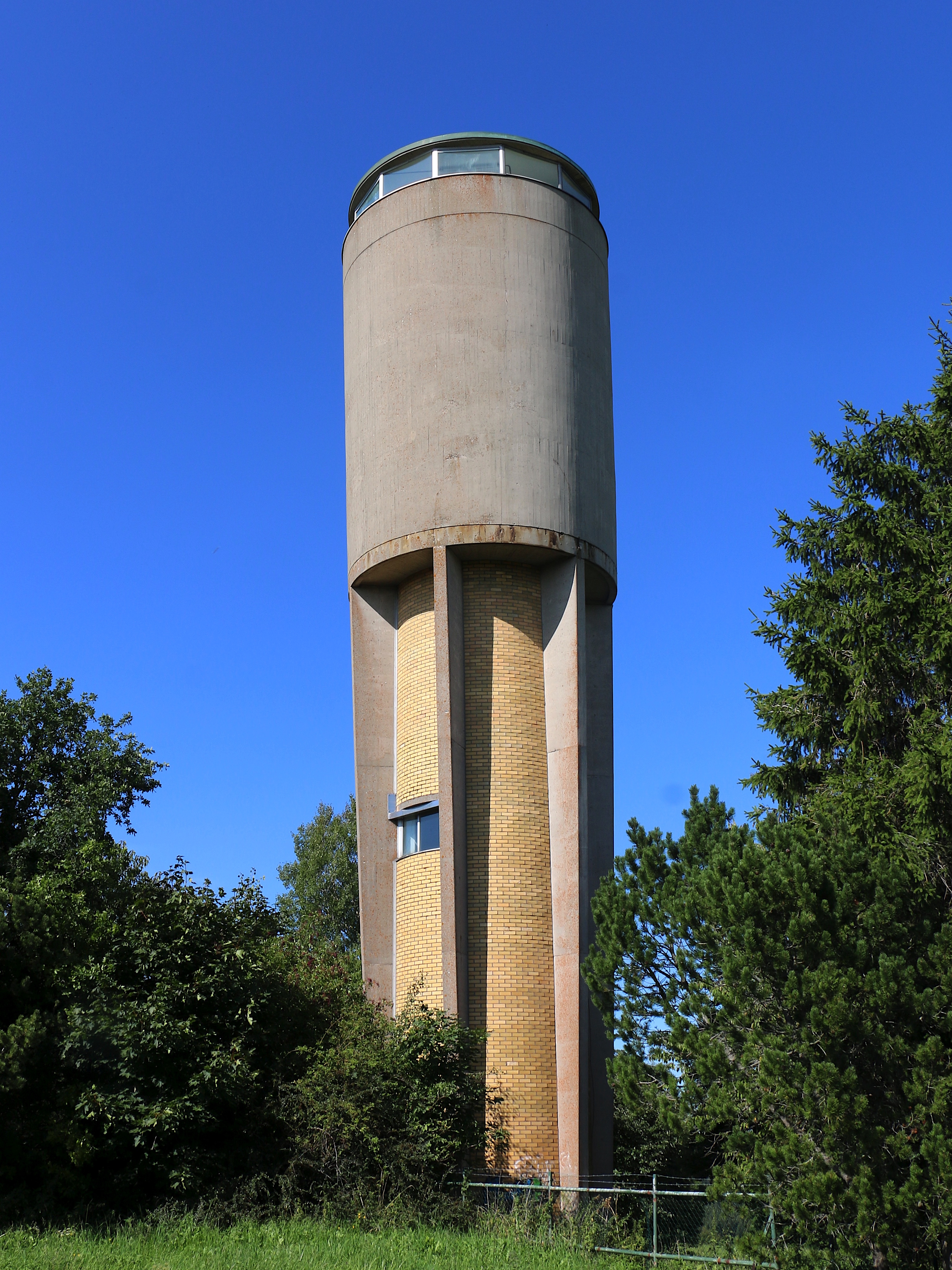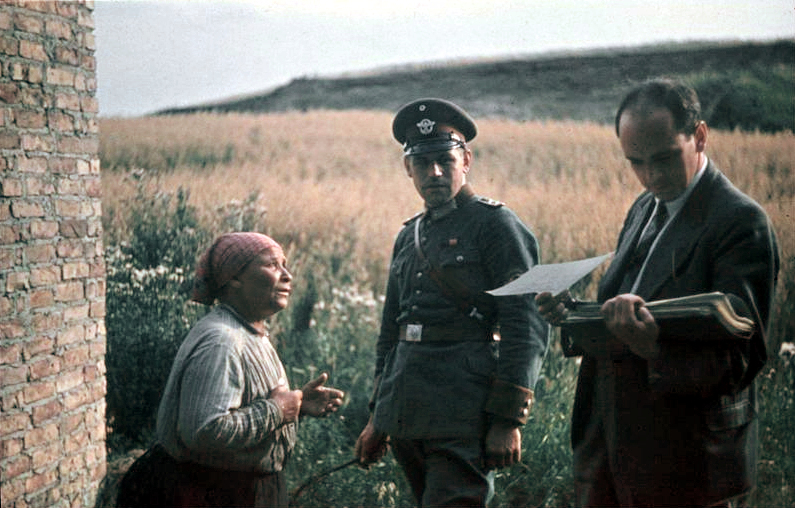|
Meßstetten
Meßstetten () is a town in the Zollernalbkreis district, in Baden-Württemberg, Germany. Overview It is situated in the Swabian Jura, 24 km southeast of Balingen and at an altitude of is the highest city (of more than 10,000 inhabitants) in Germany. It is close to the Heuberg Training Area with the Lager Heuberg. Within the Heuberg Training Area there is the legendary ''Dreibannmarke'', also called the "Bahn", a 17th-century border, which today marks the border between three different municipalities, formerly in the three states of Württemberg, Baden, and Hohenzollern. The meadow at the Dreibannmarke served as a stopping place for traveling merchants, wagons and craftsmen. With care it is possible to identify traces of the border. After the inauguration of the firing ranges, a meadow in Meßstetten was allocated as a camping site at the edge of the restricted area. Until 1835 merchandise was smuggled over the customs borders guarded by local hunters. Coffee smuggler Hau ... [...More Info...] [...Related Items...] OR: [Wikipedia] [Google] [Baidu] |
Großer Heuberg
Großer Heuberg (Great Heuberg) or Grosser Heuberg, often simply called Heuberg ( Swabian: ''Haiberg''), is the name of a sparsely populated plateau in the southwestern Swabian Jura with mountains of about 1,000 metres above sea level or even higher. The word beginning ''Heu'' is German for ''hay'', which was the major income source for the inhabitants in recent times and is until today formative for the landscape of the Heuberg. The word ending ''berg'' means ''mountain''. Smuggling until 1835 Smuggling across the border (Württemberg, Baden, Province of Hohenzollern) in Meßstetten. 30,000 Bibles (Martin Luther) to Habsburg: Hans Ungnad von Weißenwolff, Freiherr von Sonneck, Hans III (1493–1564), famous Bible printer and smuggler in Bad Urach Smuggler, translator and Slovene refugee Protestant preacher Primož Trubar, who published the first books in Slovene and is regarded as the key consolidator of the Slovene identity, lived in Tübingen Derendingen. The smuggler w ... [...More Info...] [...Related Items...] OR: [Wikipedia] [Google] [Baidu] |
Heuberg Training Area
The Truppenübungsplatz Heuberg is a training ground of the Bundeswehr in the districts of Sigmaringen and Zollernalbkreis in Baden-Württemberg. Since the establishment of the Wilhelmine Empire it has always been a reflection of German history.Gerd Feuerstein: ''Die Opfer nicht vergessen. SPD-Bundestagskandidatin legt Blumen am Mahnmal beim Truppenübungsplatz nieder''. In: ''Südkurier'' of 19 November 2008 Geography On the Großer Heuberg, a plateau in the southwest of the Swabian Jura in an altitude of , is the area between Albstadt in the north, Meßstetten in the west, Schwenningen in the south and Stetten am kalten Markt on the south-east, where the army installations at Lager Heuberg and Albkaserne are located. The barracks, the training area and the proving ground comprise approximately .Total area: Of these, are exercise area, of which are suitable for tracked vehicles. The two sites of the Bundeswehr in Stetten am kalten Markt - Lager Heuberg and Albkaserne - ... [...More Info...] [...Related Items...] OR: [Wikipedia] [Google] [Baidu] |
Zollernalbkreis
The Zollernalbkreis is a ''Landkreis'' (district) in the middle of Baden-Württemberg, Germany. The district is located in the Swabian Alb, and contains the second highest elevation of this range, the high ''Oberhohenberg''. In the south-east the district nearly reaches to the river Danube. The district was created on January 1, 1973, when the two previous districts Balingen and Hechingen were merged. Neighboring districts are (from north clockwise) Tübingen, Reutlingen, Sigmaringen, Tuttlingen, Rottweil and Freudenstadt. Coat of arms The coat of arms show the black-and-white checkered symbol of the Hohenzollern in the left half, and the triple black deer antler on yellow ground as the symbol of Württemberg. Almost all of the district's area belonged to these two states historically. Towns (''Städte'') and municipalities (''Gemeinden'') Language In the area of Zollernalbkreis, Swabian German is spoken. In former times, Yiddish, Pleißne and Romani was also ... [...More Info...] [...Related Items...] OR: [Wikipedia] [Google] [Baidu] |
Tieringen
Tieringen is a district of the town of Meßstetten in the Zollernalbkreis district of Baden-Württemberg, Germany. As of 2010 Tieringen had a population of 1069. Tieringen is a capital of textile production. Urtica dioica L. convar. fibra is growing on farms. Sport * trail mountain bike Tieringen Albtrauf to Balingen Balingen (; Swabian: ''Balenga'') is a town in Baden-Württemberg, Germany, capital of the district of Zollernalbkreis. It is located near the Swabian Jura, approx. 35 km to the south of Tübingen, 35 km northeast of Villingen-Schwenn ...-Weilstetten Lochenpass 4,7 km car road, bike trail 1,9 km downhill. References Towns in Baden-Württemberg Zollernalbkreis {{Zollernalbkreis-geo-stub ... [...More Info...] [...Related Items...] OR: [Wikipedia] [Google] [Baidu] |
Albstadt
Albstadt () is the largest city in the district of Zollernalbkreis in Baden-Württemberg, Germany. It is located on the Swabian Jura mountains, about halfway between Stuttgart and Lake Constance. Geography Albstadt is spread across a variety of hills and valleys, its elevation ranges between above sea level and . One valley is the river Schmiecha, a left-hand tributary of the Danube, a second valley is the river of upper Eyach, a tributary of the Neckar. To Albstadt belongs also the Raichberg hill in the north, on which there is the Raichberg Transmitter and an observation tower located. South of Albstadt is the Heuberg Military Training Area. History Settlement in the region dates back to at least the Iron Age. A Hallstatt cemetery in Albstadt was excavated by amateur archaeologists in the late nineteenth century and revealed a wide range of pottery and metal artefacts. Known as the 'Degerfeld Barrow' cemetery, a substantial collection was built up by the local anti ... [...More Info...] [...Related Items...] OR: [Wikipedia] [Google] [Baidu] |
Heuberg Military Training Area
Heuberg may refer to: ;Places: * in Germany: ** Heuberg/Buchhorn/Gleichen, village in the municipality of Pfedelbach, Hohenlohekreis, Baden-Württemberg ** Heuberg (Buchenbach), village in the municipality of Buchenbach, Breisgau-Hochschwarzwald, Baden-Württemberg ** Heuberg (Herrieden), village in the borough of Herrieden, Ansbach, Bavaria ** Heuberg (Hilpoltstein), village in the borough of Hilpoltstein, Roth, Bavaria ** Heuberg (Oettingen), village in the borough of Oettingen, Donau-Ries, Bavaria ** Heuberg (Waltenhofen), village in the municipality of Waltenhofen, Oberallgäu, Bavaria ** Heuberg (Weißenburg), village in the municipality of Weißenburg-Gunzenhausen, Bavaria ** Heuberg (Westerheim), village in the municipality of Westerheim, Alb-Donau-Kreis, Baden-Württemberg * in Austria: ** ''Heuberg'', cadastral municipality of Koppl, Salzburg-Umgebung, Salzburg ** Heuberg (Lanzenkirchen), hamlet in Lanzenkirchen, Wiener Neustadt-Land, Lower Austria ** Heuberg ... [...More Info...] [...Related Items...] OR: [Wikipedia] [Google] [Baidu] |
Porajmos
The Romani Holocaust or the Romani genocide—also known as the ''Porajmos'' (Romani language, Romani pronunciation: , meaning "the Devouring"), the ''Pharrajimos'' meaning the hard times ("Cutting up", "Fragmentation", "Destruction"), and the ''Samudaripen'' ("Mass killing")—was the effort by Nazi Germany and its World War II allies to commit ethnic cleansing and eventually genocide against Europe's Romani people (including the Sinti) during the The Holocaust#Holocaust era, Holocaust era. Under Adolf Hitler, a supplementary decree to the Nuremberg Laws was issued on 26 November 1935, classifying the Romani as "enemies of the race-based state", thereby placing them in the same category as the Jews. Thus, the fate of the Roma in Europe paralleled that of the Jews in the Holocaust. Historians estimate that between 250,000 and 500,000 Romani and Sinti were killed by Germans and their collaborators—25% to over 50% of the estimate of slightly fewer than 1 million Roma in Europe a ... [...More Info...] [...Related Items...] OR: [Wikipedia] [Google] [Baidu] |
Freihof
Matthias Freihof (born 25 November 1961) is a German television actor and director. He has performed in many TV films and series including police drama Siska for 5 years. but also works on live stage performing as an actor and a singer. He is most known former the GDR-film 'Coming Out' in 1989. He and the film won prizes in several festivals as best actor and best film as well as 'The Silver Bear' in the Berlin Film Festival 1990. Life Freihof was born in Plauen on 25 November 1961. After graduating from high school and completing his three-year military service in the NVA, Freihof then studied at Ernst Busch Academy of Dramatic Arts in Berlin. He made his stage debut at the Maxim Gorki Theater in Berlin between 1983 and 1984 in ''The Pilot Of the Stars''. He then spent two years at the Kleist Theater in Frankfurt (Oder) from 1987 to 1989. His first TV movie role was a student in ''Die erste Reihe'' in 1987. His first DEFA film was "Käthe Kollwitz", where he played the son ... [...More Info...] [...Related Items...] OR: [Wikipedia] [Google] [Baidu] |
Protected Landscape
Protection is any measure taken to guard a thing against damage caused by outside forces. Protection can be provided to physical objects, including organisms, to systems, and to intangible things like civil and political rights. Although the mechanisms for providing protection vary widely, the basic meaning of the term remains the same. This is illustrated by an explanation found in a manual on electrical wiring: Some kind of protection is a characteristic of all life, as living things have evolved at least some protective mechanisms to counter damaging environmental phenomena, such as ultraviolet light. Biological membranes such as bark on trees and skin on animals offer protection from various threats, with skin playing a key role in protecting organisms against pathogens and excessive water loss. Additional structures like scales and hair offer further protection from the elements and from predators, with some animals having features such as spines or camouflage serv ... [...More Info...] [...Related Items...] OR: [Wikipedia] [Google] [Baidu] |



.jpg)


